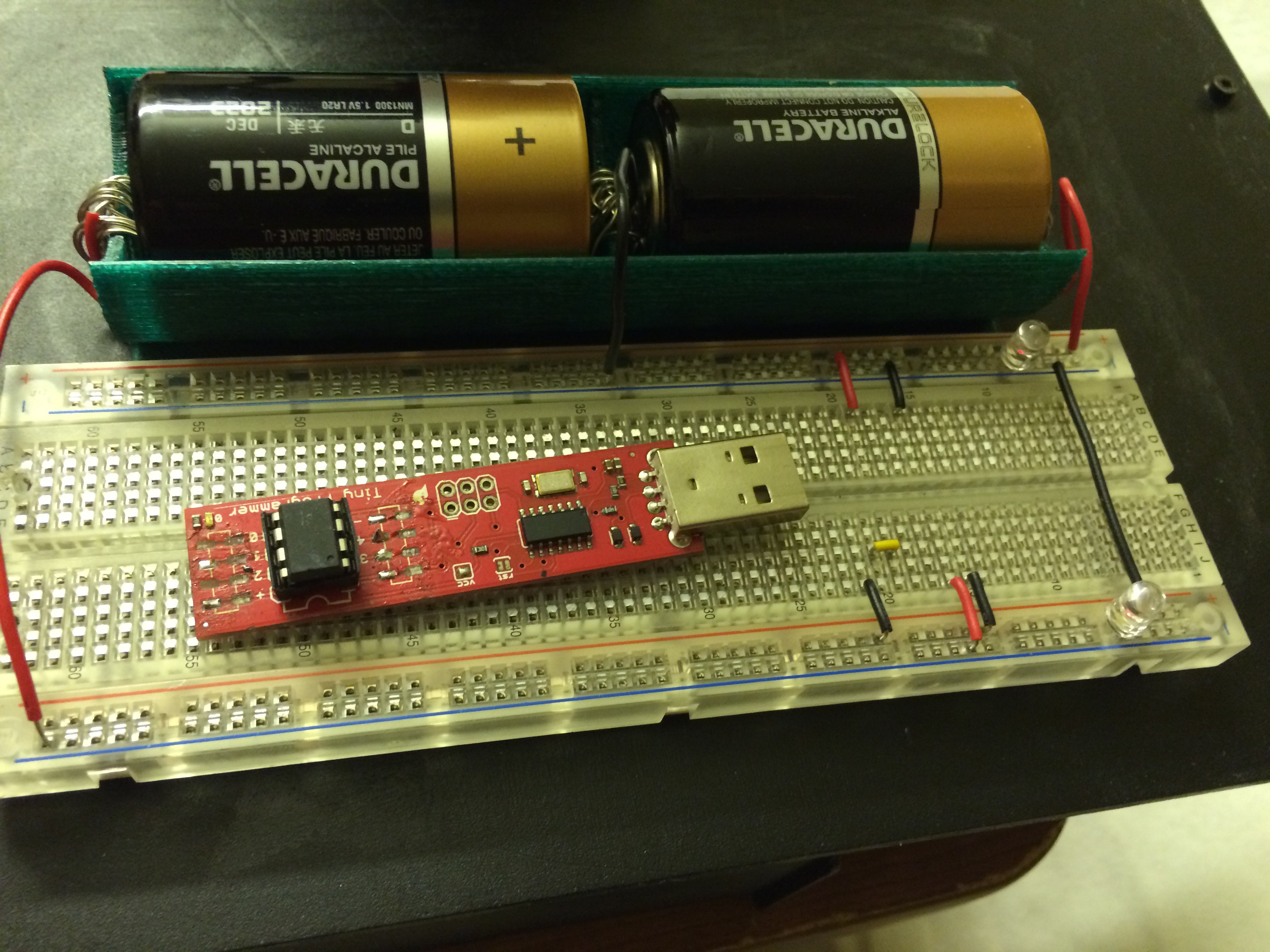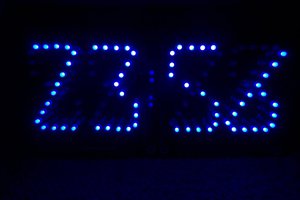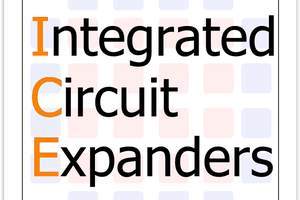I'm changing my original proposal. Rather than prepare some warrior hardware/software/firmware unit and battle them against each other, wouldn't it be more fun and dynamic if it were more like a sport, or more like chess perhaps?
To accomplish that, I suggest that the battle board (a breadboard) be dynamic in the sense that players work against a time clock (chess clock app) that restricts how much time they have to add components to an ever changing battleboard. Each addition, deletion, or move of a part takes one clock interval of varying length.
when time runs out or both competitors are satisfied with the playing field, they allow they power up the board and see what happns. A referee determines a winner and the competition runs as a binary tree of elimination.
 Les Hall
Les Hall





 Ken Yap
Ken Yap
 alnwlsn
alnwlsn

 Brainy.Baboon
Brainy.Baboon
Digging the new changes already